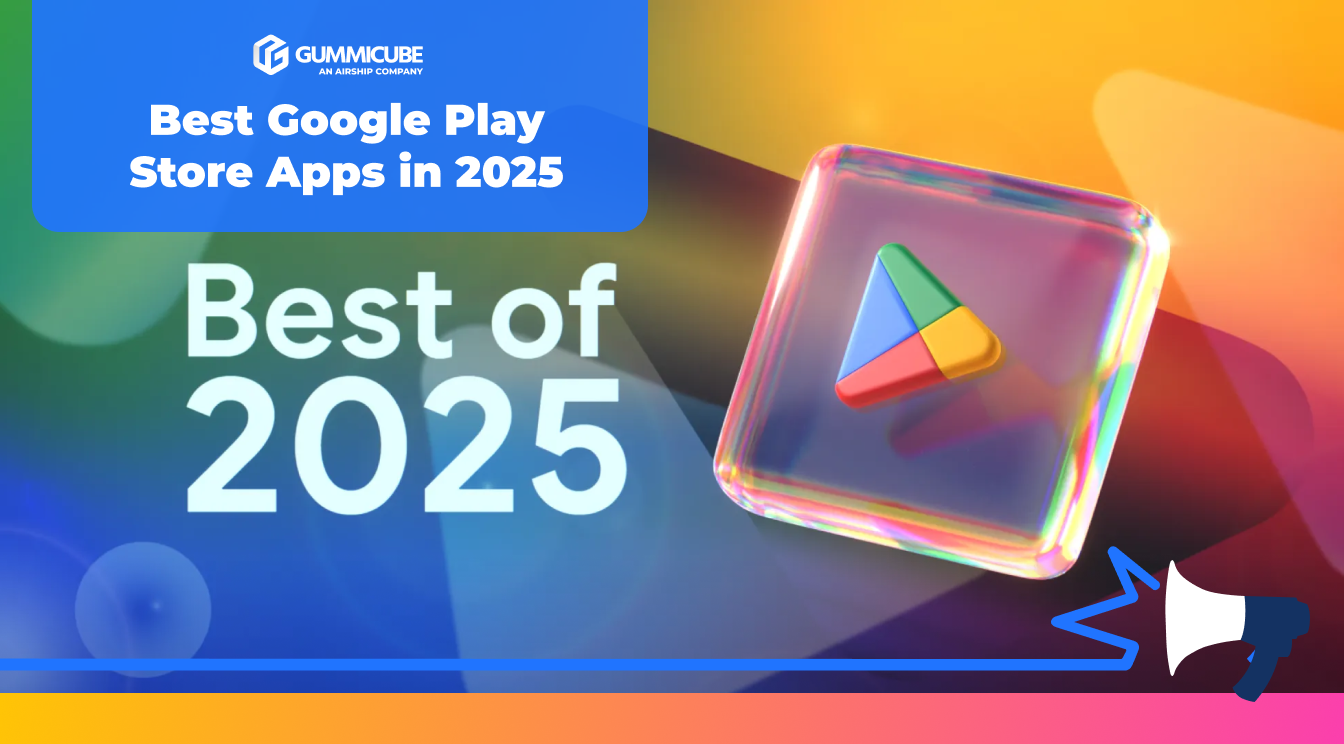
Wake Locks and How it Could Change Your ASO Strategy
Posted on December 5th, 2025
App developers have a limited window to identify wake lock issues, strengthen their performance, & protect their long-term visibility in the Google Play Store.

This week’s App Store News highlights Oura Ring and their target audience goals. Oura currently holds around 80% of the smart ring market, according to TechCrunch, and is thriving by leaning into several demographics. The app is known for attracting more fitness-focused male users, but there has been a rise in female users utilizing the platform for wellness and cycle tracking. The company has also doubled their revenue in the past year and is on track to double again this year.
Rather than attempting to capture every user group, Oura is refining its focus. This potential shift in target audience should cause a change in their app listing’s approach. This change also raises an important question for app developers and marketers: how can knowing your target audience drive success not only in product strategy, but in App Store Optimization (ASO)?
ASO thrives on relevance. The more you understand who your audience is, what they search for, and how they interpret value, the more effectively your app listing can attract the right users. The Oura story is a timely reminder that clarity of audience feels every pillar of ASO– from keyword research and competitor evaluation to A/B testing and regular optimization.
Understanding your target audience is foundational to every aspect of ASO. It shapes the keywords you pursue, the tone of your messaging, and even how you prioritize updates to your app store listing.
When companies try to appeal to everyone, they're messaging tends to become generic. They risk competing and oversaturated search spaces and may struggle to stand out among apps that serve more defined needs. Conversely, when you identify your ideal audience – demographics, motivations, pain points, and search behavior – you gain direction and precision.
This is exactly what Oura demonstrates. Its success with a specific demographic does not mean it excludes others. It means the company recognizes where its greatest relevance lies. Similarly, an app optimized around a focused audience can create more opportunities for discovery and a rise in conversion rates by aligning keywords and creative content to the user's intent.
Knowing your audience helps define:
Once you've established this foundation, the next step is translating that understanding into measurable optimization practices, starting with keyword research.
Keyword Research is at the core of ASO. It determines how users find your app and what kind of users you attract. However, effective keyword research goes beyond volume metrics. It requires insights and how your audience searches for solutions and which terms truly represent their intent.
A well-informed keyword strategy begins with a deep understanding of who your users are and what problems they're trying to solve by downloading your app. From there, developers can identify the phrases, questions, and linguistic patterns that align with their user’s intent.
While some terms might seem appealing because of their high search volume, they can bring in users who are less likely to engage or convert. On the other hand, highly relevant keywords that align closely with your motivations may yield fewer impressions but stronger conversion rates in the long run.
Evaluating search volume, competitors, and keyword relevance collectively ensures a balanced approach in your app listing. The goal isn't just visibility, it's visibility among the right audience. This perspective allows developers and marketers to prioritize long-term growth rather than short-term exposure.
Keyword strategy should also evolve over time. As user behavior shifts and new terms emerge, it's essential to regularly review and refine keywords in your app listing. Monitoring performance metrics helps identify which keywords generate meaningful traffic and which ones need adjustment.
The goal is to understand your audience, identify the right keywords, monitor your performance, and adjust as user behavior changes. This ongoing refinement ensures that your app has the opportunity to continue to appear in front of the audience most aligned with your goals.
Competitive research is another essential pillar of ASO. By studying how other apps in your category present themselves, you gain perspective on trends, opportunities, and differentiators within your space.
Competitor research is not about imitation, but rather understanding context. Observing how similar apps position themselves, what language they use, and how they evolve over time can reveal valuable insights. For example, it can help identify patterns and keyword targeting and creative presentation that are resonating with shared audiences.
Analyzing competitors also clarifies where your app can stand out. If most listings emphasize one type of functionality or benefit, they may indicate an opportunity to highlight different value propositions. The goal is to identify what competitors do well, recognize gaps in their strategy, and refine your own approach to serve the audience more effectively.
In ASO, competitive insight should always be filtered through the lens of your own target audience. What works for one app may not work for another if the audience profiles differ. Maintaining that focus ensures your strategy remains authentic and aligned with your users expectations.
Regularly reviewing competitor app listings also allows you to stay aware of shifts in the category. When app features, user expectations, or visual trends evolve, early recognition of those shifts helps you stay relevant. Ongoing research creates an informed foundation for continual optimization.
Once your keyword and competitive strategies are established, testing becomes the mechanism that validates your assumptions. A/B testing allows you to refine how your app listing is perceived by measuring real world users' response.
A/B testing can apply to nearly every visible element of your store listing, from copy and visuals to app metadata. The goal is to learn what resonates most with your users– what drives them to tap and download your app.
When testing is done correctly, it isn't about making arbitrary changes but rather about structured experimentation. Each test should be designed to answer a specific question, such as whether a certain message better communicates the app’s value or if a visual approach aligns more closely with your target audience’s preferences.
The insights gained from each iteration helps refine your app listing further. Over time, even small adjustments can result in your app listing improving app visibility and higher conversion rates.
A/B testing also plays a critical role in keeping your app listing current. App stores are dynamic environments where search trends, user expectations, and trending apps evolve constantly. A regular cadence of testing ensures that your app remains aligned with these shifts rather than lagging behind them.
This process mirrors how Oura’s team likely approaches its product positioning. Rather than broad, and frequent changes, it's a cycle of observation, iteration, and alignment with evolving user behavior.
Oura’s story is a powerful reminder that knowing your target audience is one of the most strategic advantages a brand can have in app stores. In ASO, that knowledge determines which keywords matter, which app values to highlight, and how you adapt to evolving trends.
The combination of research, analysis, and experimentation allows developers and marketers to create app listings that attract the right attention. By focusing on the audience that aligns closely with your app's value, you can build a stronger App Store presence, more meaningful engagement, and create more opportunities for long-term growth.
If you're looking to refine your ASO strategy, better understand your target audience, or identify new opportunities for growth, our team of experts is here to help. Gummicube’s ASO services specialize in keyword research, competitor analysis, and listing optimizations that align with your goals. Reach out today and let's discuss how you can create a data-driven strategy to support your app’s growth goals.

App developers have a limited window to identify wake lock issues, strengthen their performance, & protect their long-term visibility in the Google Play Store.

Developers should focus on regular ASO, A/B testing, and clear communication of an app's value as LLMs learn and recommend apps based on queries.

The Google Play Best of 2025 winners highlight a diverse digital landscape. But even the most exceptional apps can struggle without a data-driven ASO.